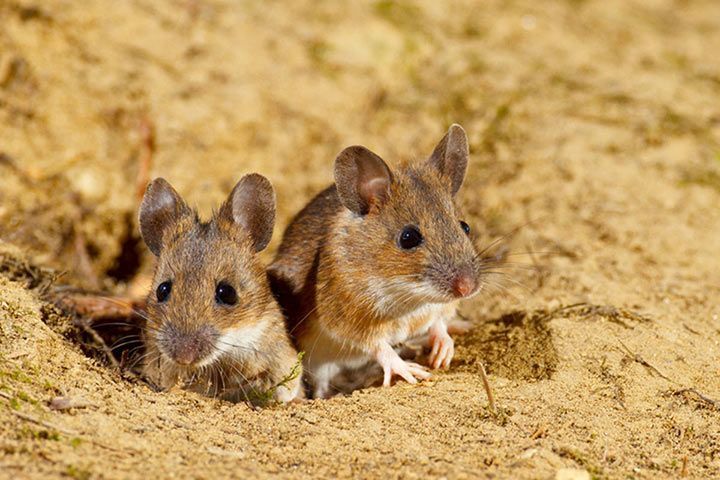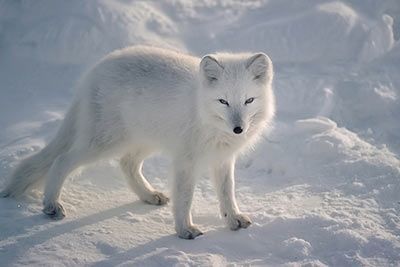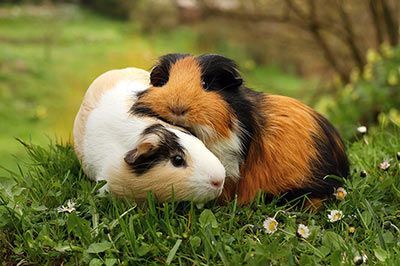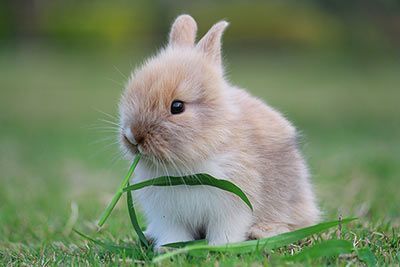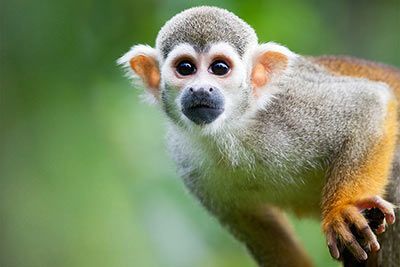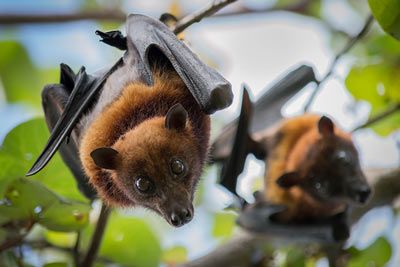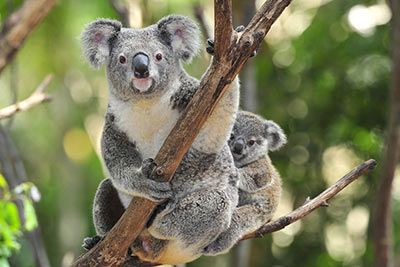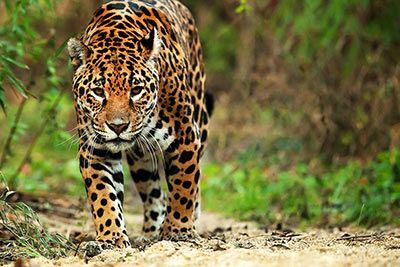Mouse
House Mouse Facts
| Size | 2.7-4.3 inch (7-11 cm) |
| Speed | Up to 8 mph (12.8 km/h) |
| Weight | 0.35-0.88 oz (10-25 g) |
| Lifespan | 2-5 years |
| Food | Omnivore |
| Predators | Birds, cats, foxes, reptiles |
| Habitat | Worldwide |
| Order | Rodents |
| Family | Murids |
| Scientific name | Mus musculus |
| Characteristics | Big eyes and ears, thin tail |
Main Characteristics
The genus “mus” currently includes 39 types, amongst others the Ceylon spiny mouse, the African pygmy mouse, and the Cypriot mouse.
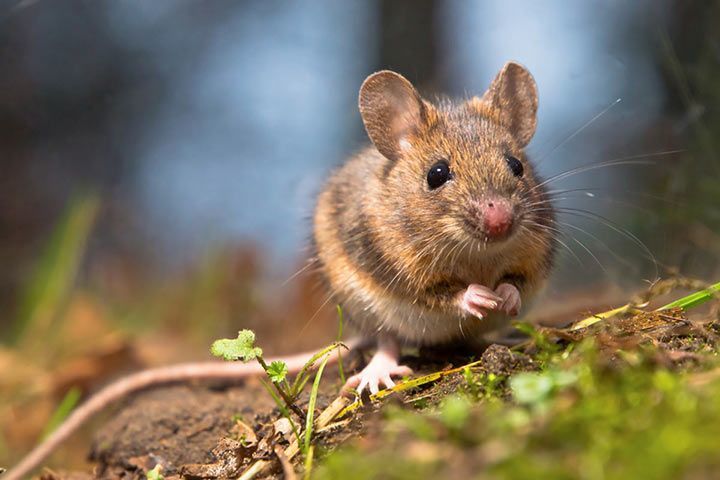
Species
Is there a difference betweeen the house mouse and the pet mouse? Is the grey house mouse a pet just like the domestic cat or the dog? The little nocturnal rodent often lives as a "lodger" in human homes, yet it is no pet. Mice that can be held as pets are fancy mice, jerboas and gerbils.
Habitat
Wild house mice like to live in rock crevices or walls, dig little caves with complex tunnel systems, chambers, nests and three to four exits. In human environments they like to live in woodpiles, rafters, storage rooms and other hidden places close to food.
Diet
The teeth of mice are almost as solid as diamonds. On the so-called Mohs scale, the diamond is listed with a hardness of 10 and mouse teeth with a hardness of 9.6. With the exception of hard bread, mice eat everything they can find: plants, seeds, roots, leaves, insects (larvae of bugs, centipedes, cockroaches), carrion and everything they can find in kitchens. Unbelievable, but true: They also feed on glue, soap and other household materials.
Behavior
They Are Fearless Adventurers
Deep in their hearts mice are great discoverers! They are very curious and go out to explore their surroundings, remember places, paths, obstacles, feeding sites and other things.
Senses and Abilities
Good Senses
House mice have bad eyesight, but good senses of smell, taste and hearing. They use their whiskers to detect changes of air and surfaces.
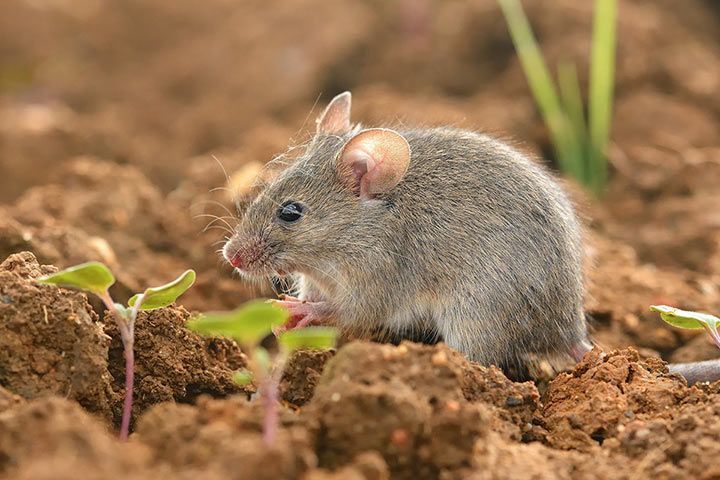
Enemies and Threats
Mice have many enemies: domestic cats, foxes, weasels, ferrets, snakes, falcons, hawks. Their worst enemy probably is the barn owl which eats about 1,500 to 3,000 mice per year!
The Mouse As a Carrier of Diseases
Mice are said to be dirty and unclean. Yet, they are actually quite clean, because they use different spots in their territory to sleep and to eat. But they are also carriers of many bacteria, viruses and diseases, such as salmonellae, the Hantavirus, flea-borne typhus, tularemia, and bubonic plague.
A Mouse in the House
Clear signs of furry "lodgers":
- Excrement balls near food supplies
- Foot prints or tail traces - especially visible on dusty surfaces
- Urine (dried or fresh) lights up under UV light
- Musky scent specifically near food supplies
- Other than rats, mice climb walls and make noises when doing so.
- Squeaking and nibbling noises ;)
Evolution and Origin
How Did the Mouse Come Into the World?
The mouse was originally "born" in Asia as a steppe animal feeding on grass seeds. From its home region it traveled to Europe via ship as a "stowaway". From there it also reached North America. Today mice live everywhere in the world.
Where Does the Name Come From?
The scientific name of the mouse is "mus musculus". The term "mus" originates from the Sanskrit (Old Indian) word for "thief".
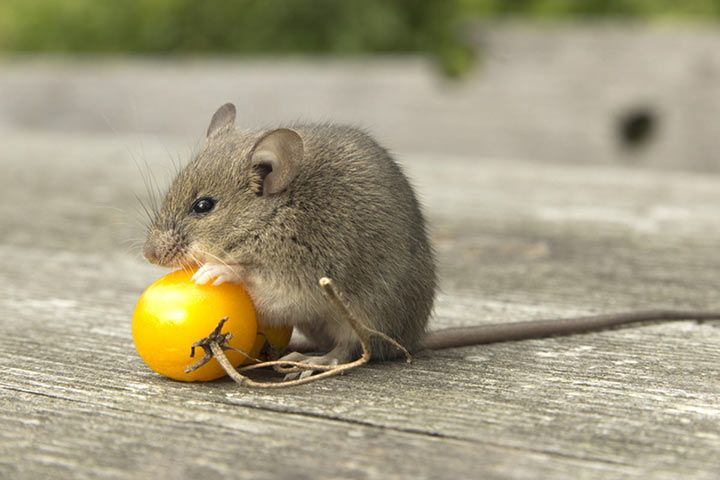
Reproduction
Breeding Season
In the wild, house mice only reproduce between April and September. House mice living in the proximity of humans reproduce all year long.
Litter Size
One female mouse has about 5-10 litters per year, sometimes even up to 14. One litter consists of 3–12 babies, mostly 5–6 young mice.
Nest
Mice like to build their nests with scraps of cloth, paper or other soft materials. The entire construction looks more like a loosely woven ball of about 4-6 inches (10-15 cm) in diameter.
Birth
The little ones open their eyes after 14 days and do not need the milk of their mother anymore after three weeks. Female mice also breast-feed the babies of other mice.
Fun Facts
The Oldest Mouse in the World ...
... is Mickey Mouse! It was born in 1928 and is still alive! ;) ... but seriously: normally mice do not live that long. As pets they have a life expectancy of about two years, sometimes up to five years. In the wild they mostly do not get older than 12-18 months.
Mouse Gods
In Ancient Greece, the god Apollo sometimes was also called Apollo Smintheus, which means "Apollo the mouse". In temples that were dedicated to Apollo white mice were kept under the altar to honor the god. In India, mice are also associated with a god: The Hindu god Ganesh rides on a mouse.
The Mouse and Its Reputation
- In former times it was believed that evil people would be punished by mice.
- Some people believe that deep-fried mice or mouse cakes would be a good remedy against bed-wetting.
- In Egypt, cooked mice were used as a cure for several illnesses such as stomach aches.
- The Roman writer Pliny recommended mixing the ashes of mice with honey to relieve earaches.
- Patients suffering from smallpox, whooping cough, measles and several other diseases were fed with cooked mice.
- Greeks and Indians believed that mice were lightnings.
Do you think elephants are afraid of mice? Check it out!
The Mouse Is Related To:
Animals in the Same Biome:
- Badger
- Barn Owl
- Black Rat
- Cat
- Cockroach
- Eurasian Jay
- European Hare
- Hedgehog
- Microbat
- Mouse
- Rabbit
- Red Fox
- Red Squirrel
- Wolf
